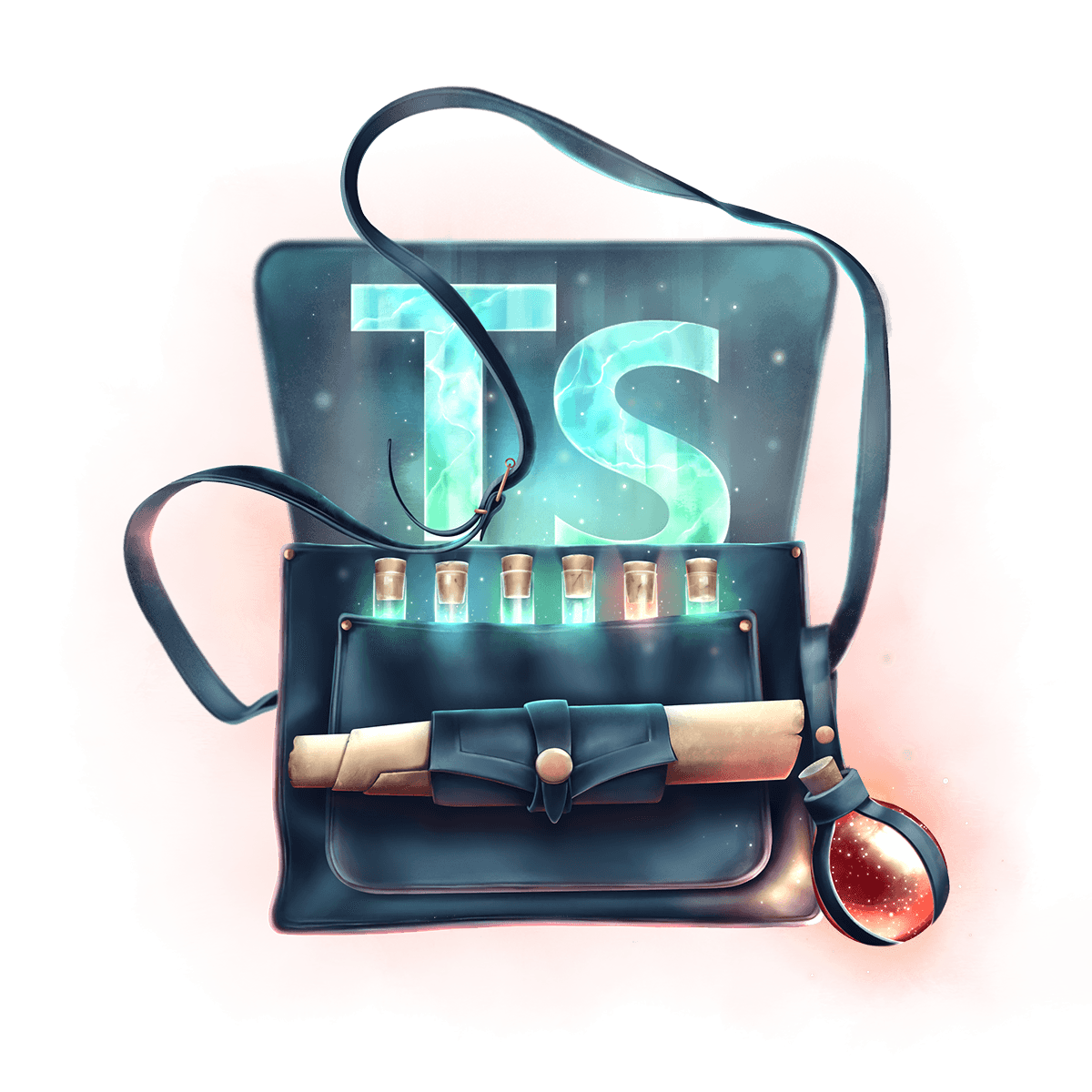TypeScript Pro Essentials requires zero TypeScript knowledge to get started. We'll start with setting up your IDE and understanding TypeScript's place in the build process. We'll cover everything you need to go from a good JavaScript developer to a great TypeScript developer.

